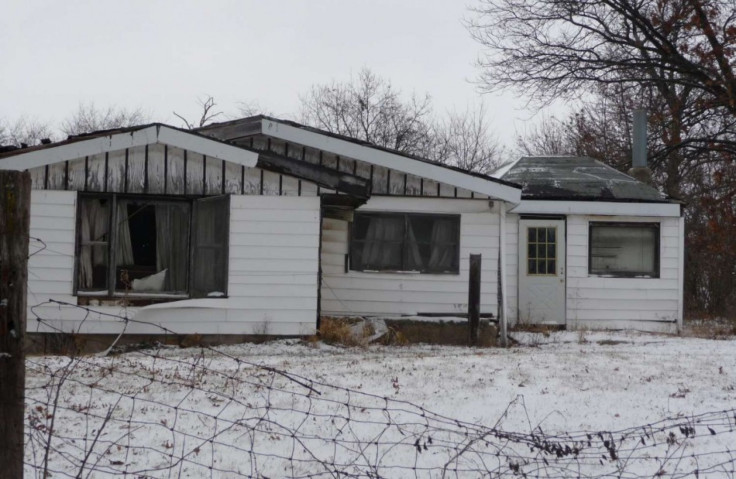Deep Poverty in the U.S.: The Case of Pembroke, Illinois
ANALYSIS

Recent data from the U.S. Census Bureau indicated that one-out-of six Americans now live in poverty, translating into some 46-million people.
A deep, lengthy recession, the collapse of the housing market, the decline of U.S. manufacturing, reduced spending by state and federal governments, and stubbornly high unemployment, among other factors, have conspired to throw millions into hopeless – and perhaps permanent -- economic dislocation.
One of the worst-hit towns in the country is Pembroke, Illinois, a rural township of some 3,000 souls about 70 miles directly south of Chicago, straddling the Indiana border.
While the national unemployment rate is 9.1 percent (and Illinois has a 10 percent rate), Pembroke’s jobless rate stands at an astounding 50 percent.
Also, as 14.1 percent of Illinois residents live in poverty, the magnitude of impoverishment in Pembroke is undoubtedly dramatically higher.
As of 2008, the estimated median household income in Pembroke amounted to $26,331 (less than half the average for the state of Illinois).
Indeed, by almost any measure, Pembroke is one of the poorest hamlets in the Midwest, perhaps the whole country. However, Pembroke appears to exist in a vacuum far outside of the social and economic mainstream.
Pembroke is primarily an African-American farming hamlet – blacks make up 90 percent of the population. Ex-slaves settled in the area as early as 1860 – more destitute blacks from the South arrived during the Great Depression of the 1930s.
This destitution is nothing new. Poverty has been a fact of life long before the current recession – it more resembles the kind of degradation typically found in the Deep South, rather than the post-industrial urban north.
A recent study by the University of Illinois indicated: “The second half of the 20th century saw a steady stagnation of the quality of life for the… inhabitants of… Pembroke... As paved roads, electrification, public transportation, and other amenities networked many of the state’s rural areas to urban centers, Pembroke Township languished in a relatively isolated and undeveloped state.”
In 1999, an article in Chicago Tribune Magazine described the poverty in Pembroke: “Though nestled in farm-rich Kankakee County, Hopkins Park [an area of Pembroke] has soil so dismal that… a University of Minnesota geographer who has studied the area, declared it preprogrammed for poverty.
A recent feature from Associated Press noted: “[Pembroke has] no post office, no supermarket, no pharmacy, no barber shop or gas station. School doors are shuttered. The police officers were all laid off, a meat processing plant closed. In many places, light switches don't work, and water faucets run dry. Residents let their garbage smolder on their lawn because there's no truck to take it away; many homes are burned out.”
Moreover, an article in the Chicago Tribune stated: “There is no doctor, no lawyer, no bank in the 56 square miles. There are no sewers, no drainage systems, no public transportation system. With every heavy rain, the area floods, basements fill up, yards are under water and the wells become contaminated. The dusty roads become muddy mires and nobody can get thru.”
The departure of a Nestle factory a few years ago threw 100 people out of work. Now, the future looks even bleaker as there are no plans by major companies to set up any facilities in the town.
Even Oprah Winfrey came to Pembroke to do a feature a few years ago from her nearby Chicago base. She told her viewers that more than half of the town’s residents (55 percent) lived below the poverty level, while 44 percent had no running water – conditions typically found in the Third World.
Towns like Pembroke are doomed – without any reason to stay, the young will move out, eventually turning the place into a kind of ghost town. What is unclear is how many other ‘Pembrokes’ there are across the United States as the recession spreads like a cancer across the nation.
© Copyright IBTimes 2024. All rights reserved.





















